There’s a certain kind of game design that Nintendo does better than anyone else. The kind that takes you on a curated journey of discovery that unfolds at a pitch-perfect pace, rewarding boldness and curiosity at every turn. The kind that you’ll find in some parts of Paper Mario: The Thousand-Year Door—but not in others.
You know what I’m talking about, right? The first few hours of every Nintendo game are packed with features that you can’t use… yet. Some you consciously notice, some you don’t. But they’re all there, piquing your curiosity and making each discovery further down the line all the more rewarding.
The very best Nintendo games expand and progress at a masterfully crafted pace, delivering each new revelation and the new layer of gameplay that comes with it at the exact moment you need it most. There’s always some confusion and frustration along the way, but those are necessary ingredients in Nintendo’s tried-and-tested formula for delivering wall-to-wall joy. Paper Mario: The Thousand-Year Door is at its best when it sticks to this approach, but there are times when it wanders all too far from it.
Looking good on paper
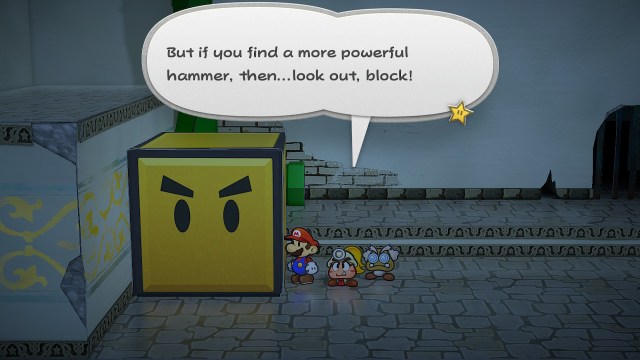
Paper Mario: The Thousand-Year Door is a faithful remake of the second game in Mario’s RPG-ish spinoff series. It is, more of an RPG-platform-puzzle-adventure hybrid, really. As such, it’s a mixed bag in terms of of gameplay styles—unfortunately, it’s also a bit of a mixed bag when it comes to quality.
But let’s start with the good news. This game hits you with a barrage of charm from the outset. Everything in the game is designed to look like it’s made of paper—hence the title—so you always feel like you’re playing a cross between a paper puppet theatre and a pop-up book. The updated visuals really enhance this feeling: While the GameCube version looked flat but not particularly papery, you really feel like you might get a paper cut if you touch the screen on the Switch.
The concept is executed with so much creativity and imagination that the game never falls flat visually. The way the various animations literally unfold is thoroughly entertaining in itself, and there are numerous instances where the paper-ness of the game is used as a clever gameplay feature. The “2D in 3D” style can sometimes cause issues with perspective and visibility, but it’s definitely a net plus.
The art of paper unfolding

In combination with the well-written script, the paper-ness of the game delivers numerous laugh-out-loud scenarios. In combination with the aforementioned Nintendo formula, it pulls off some magical gameplay moments, too. Sometimes, it’s the simple things like discovering that the backgrounds aren’t just backgrounds or figuring out how to get through a drainage grate. But there’s a lot of interlocking, large-scale game design at work here, too. Hooktail Castle is a particular highlight that feels like one satisfying “Aha!” moment after another. And the way every chapter rewards you with new skills and items that allow you to unlock and explore new areas of Rogueport, the game’s hub, is truly… chef’s kiss.
Exploration and discovery are the strongest points of Paper Mario: The Thousand-Year Door, and conversely, its weakest point is that it tries to do too many other things. Worst of all is the combat. At first, it feels like everything you’d want from an RPG-lite fare. The presentation is as marvelous as that of everything else in the game, and it’s simplified while still requiring a degree of strategy and timing. But while the “little bit of everything” approach makes the battles accessible and fun at first, they soon become an unwelcome interruption to the flow of the game. Ultimately, there are too many of them, they’re too long, and they’re not varied enough. Soon, I was doing everything I could to avoid getting drawn into combat. And that’s why Chapter 3 came as a shock.
A nasty case of the Glitz
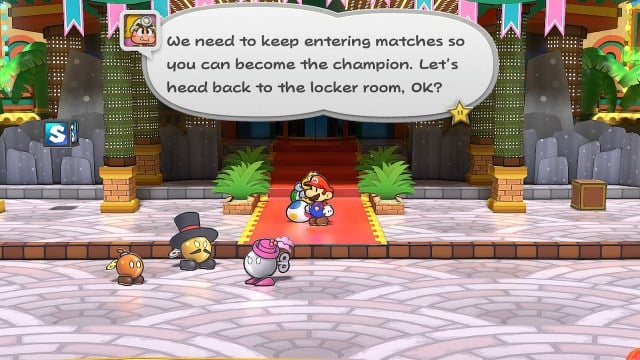
Chapter 3 takes place in Glitzville, which is basically a wrestling arena in the sky. To complete Chapter 3, you have to win more than 20 battles one after the other, each with near-identical, needlessly long outro and intro sequences. While there are breaks in the sequence for cutscenes and a few simple objectives, the creative, explorative gameplay elements are all gone. You’re stuck in a boring, repetitive slog for about three hours. It feels as if the developer, Intelligent Systems, either massively overestimated the entertainment value of the game’s combat system or couldn’t be bothered to do any real level design for this part of the game.
Thankfully, while other sections of the game have too much backtracking (not adding a proper fast travel system in the remake was a serious missed opportunity) and puzzles that are more annoying than satisfying, Chapter 3 is the only serious dud. As a whole, Paper Mario: The Thousand-Year Door has a lot of top-quality entertainment to offer, but you will have to accept periods of frustration and tedium along the way.
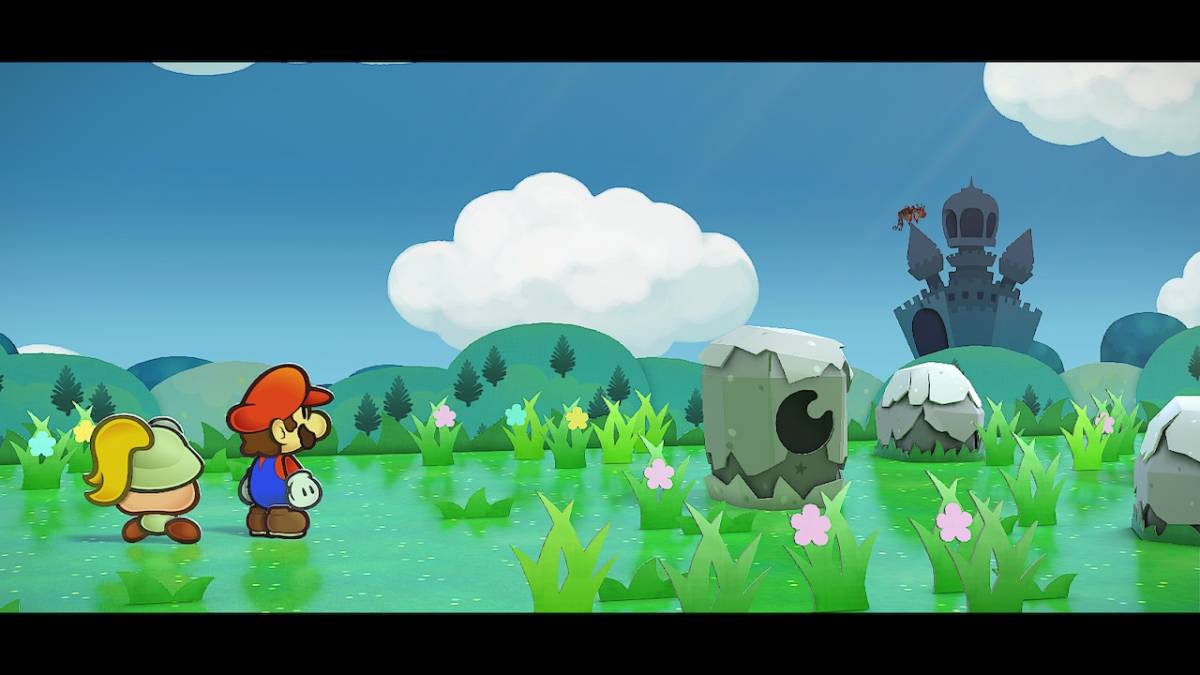
- Fantastic art direction
- Bags of charm
- Strong sense of discovery
- Combat quickly gets tedious
- Hit-and-miss game design
- Sometimes dull and repetitive


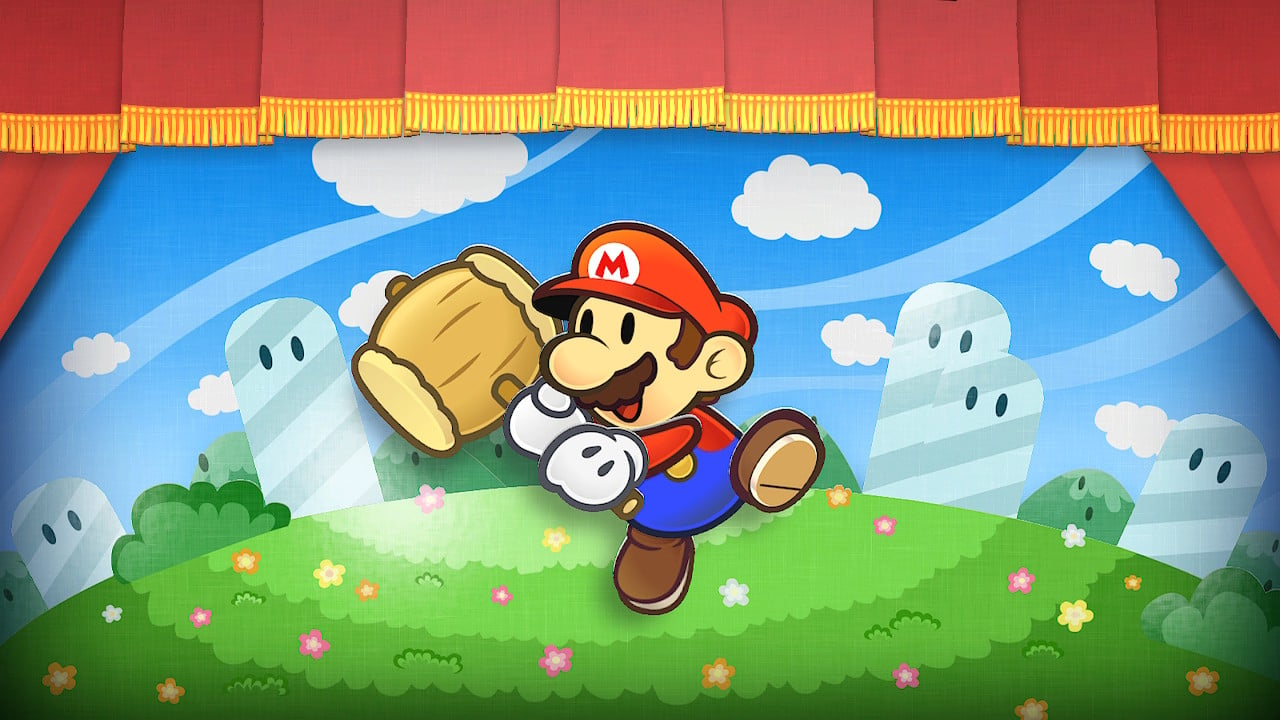
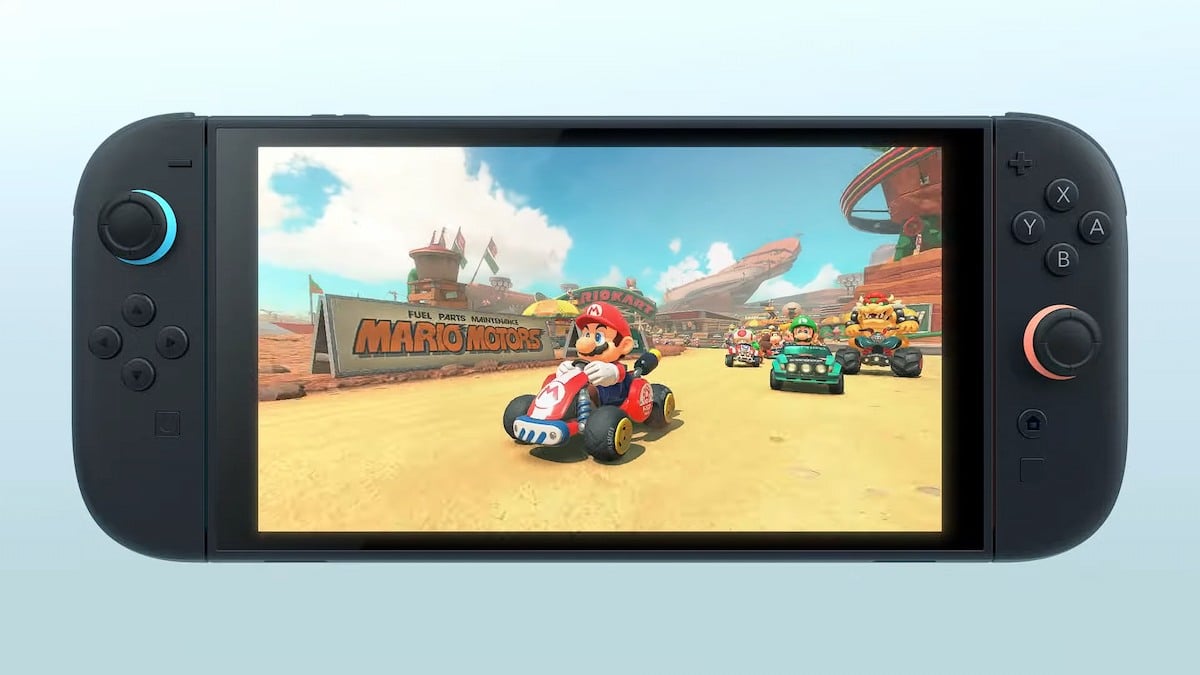
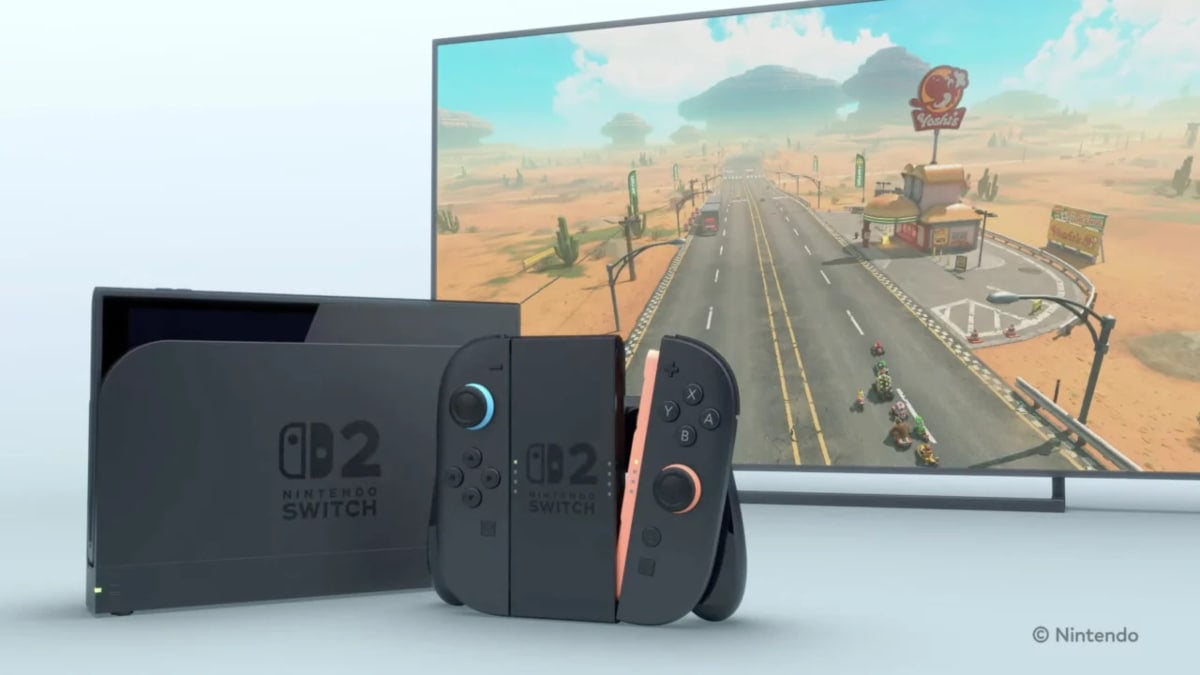
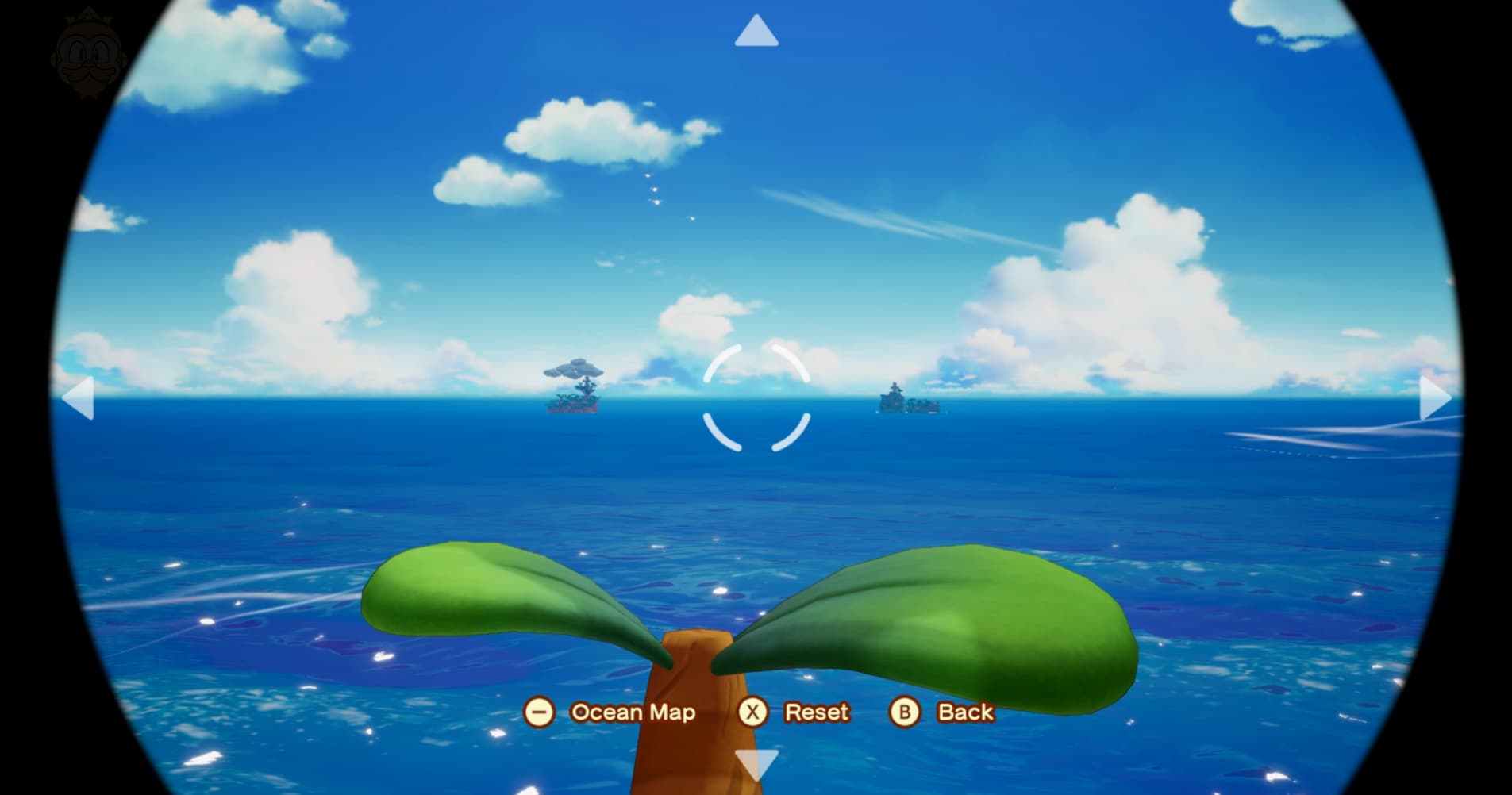
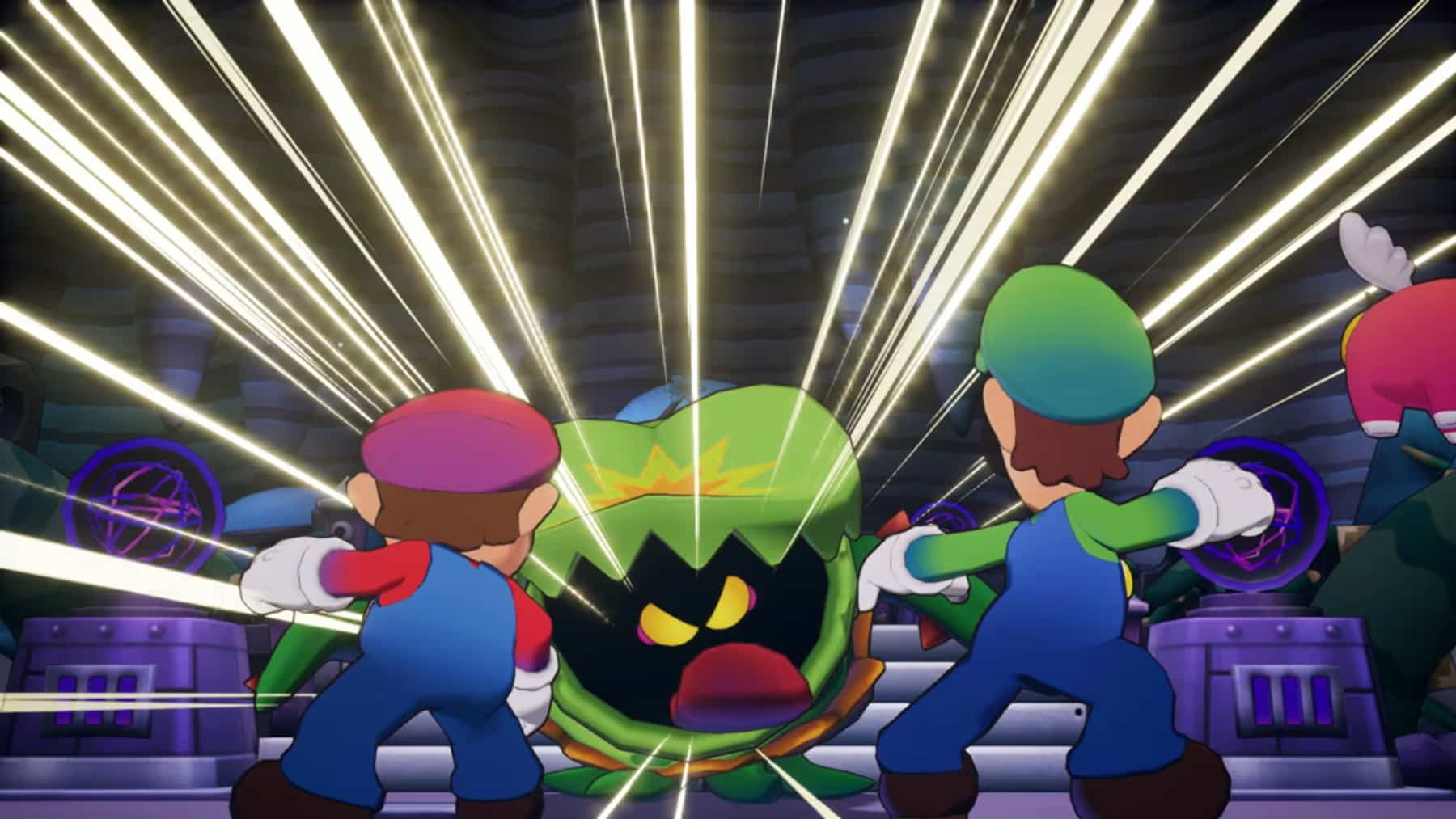
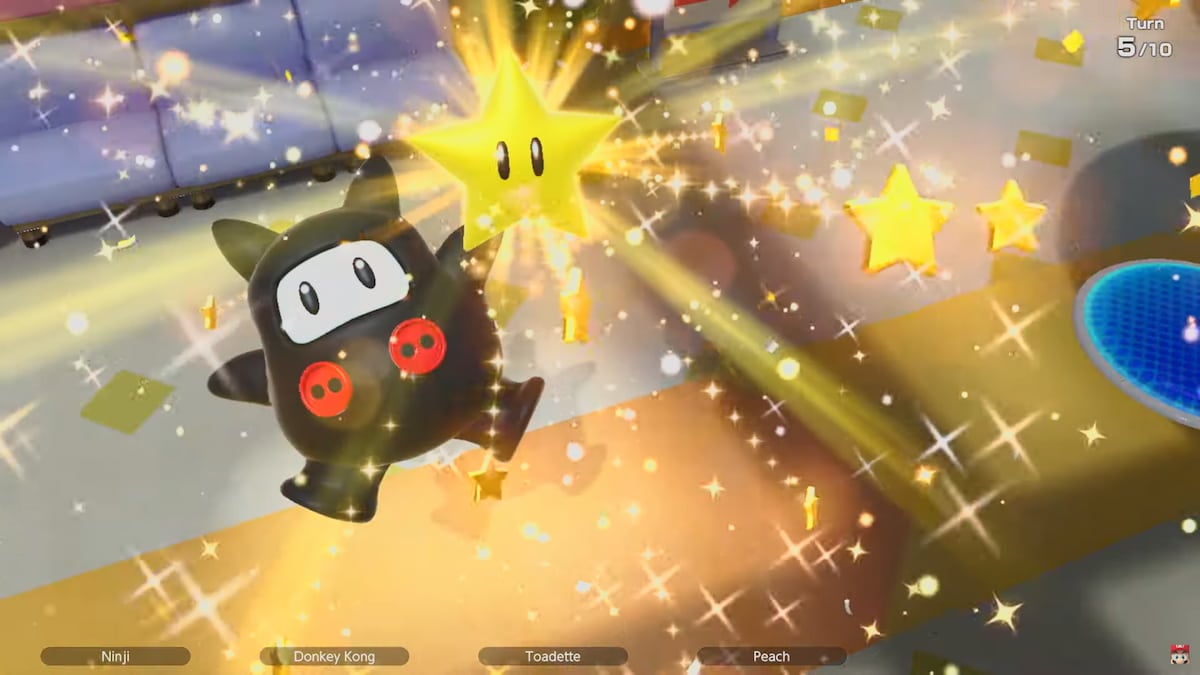
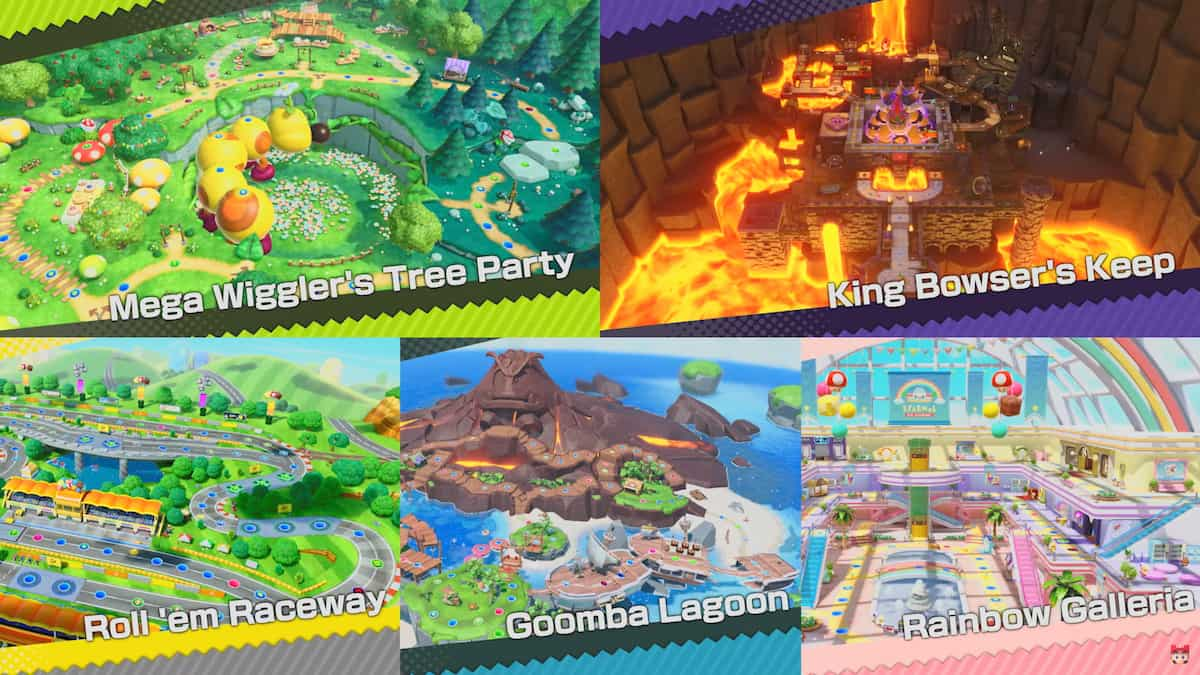
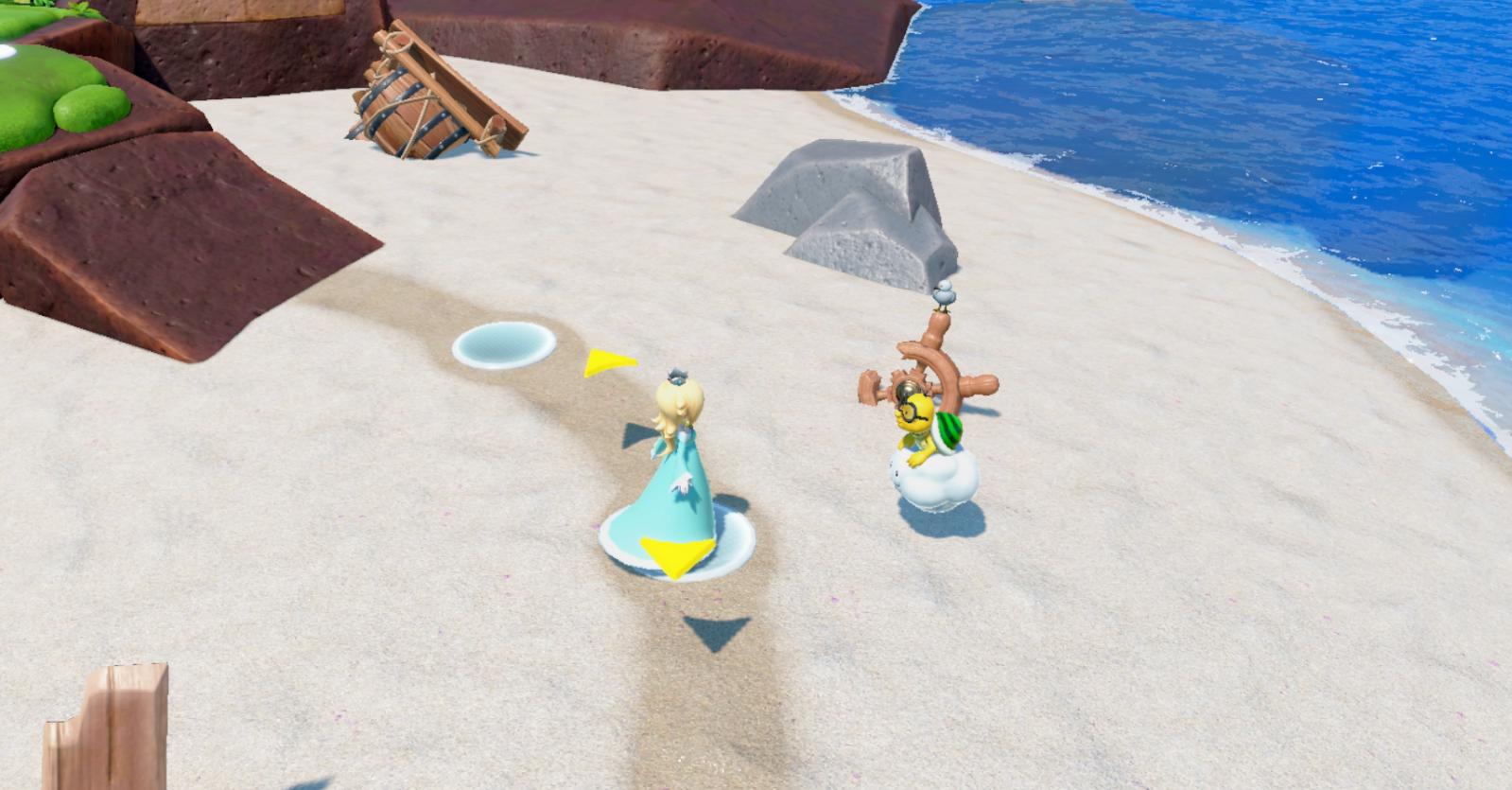
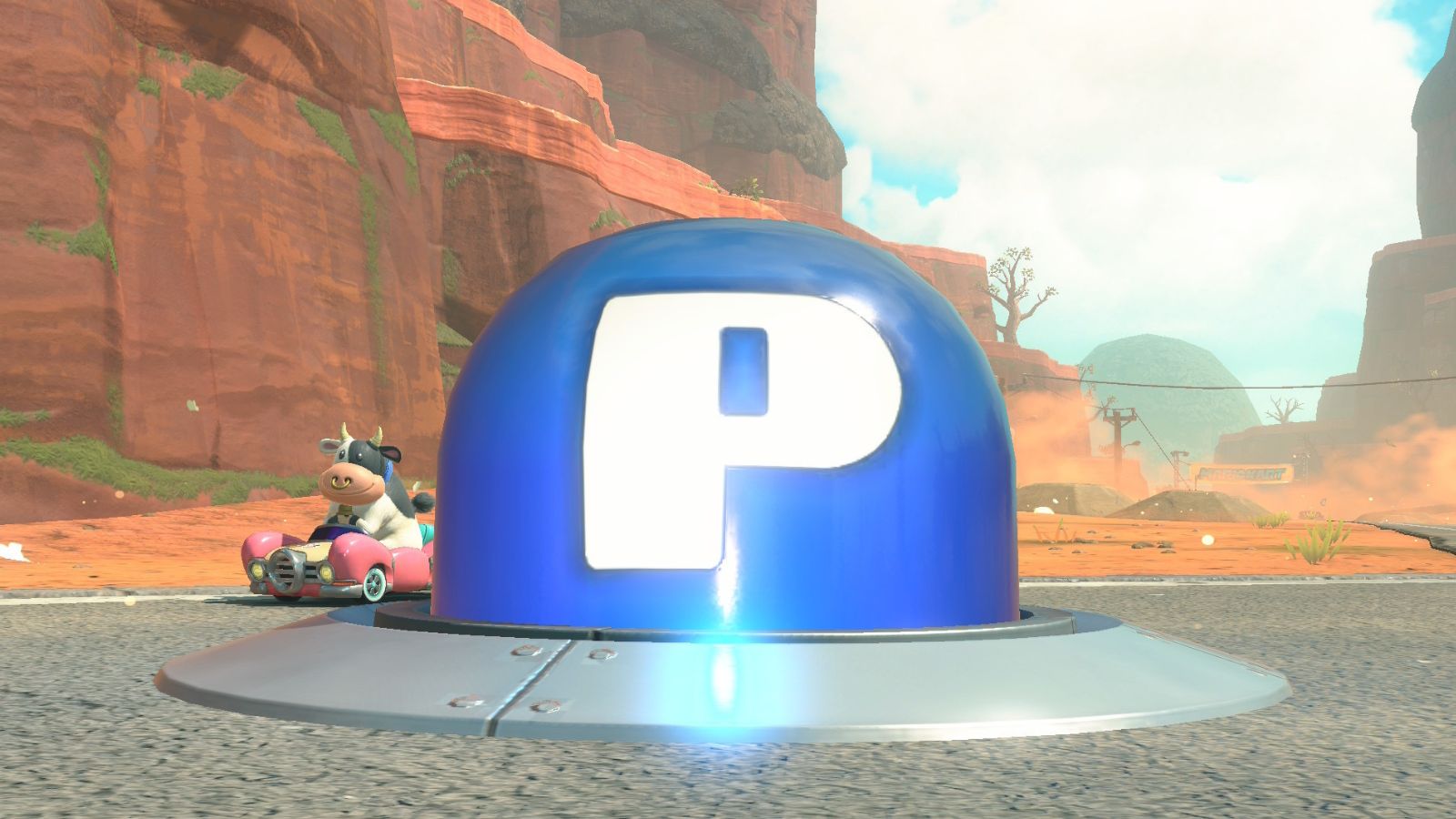
Published: Jun 2, 2024 09:23 am